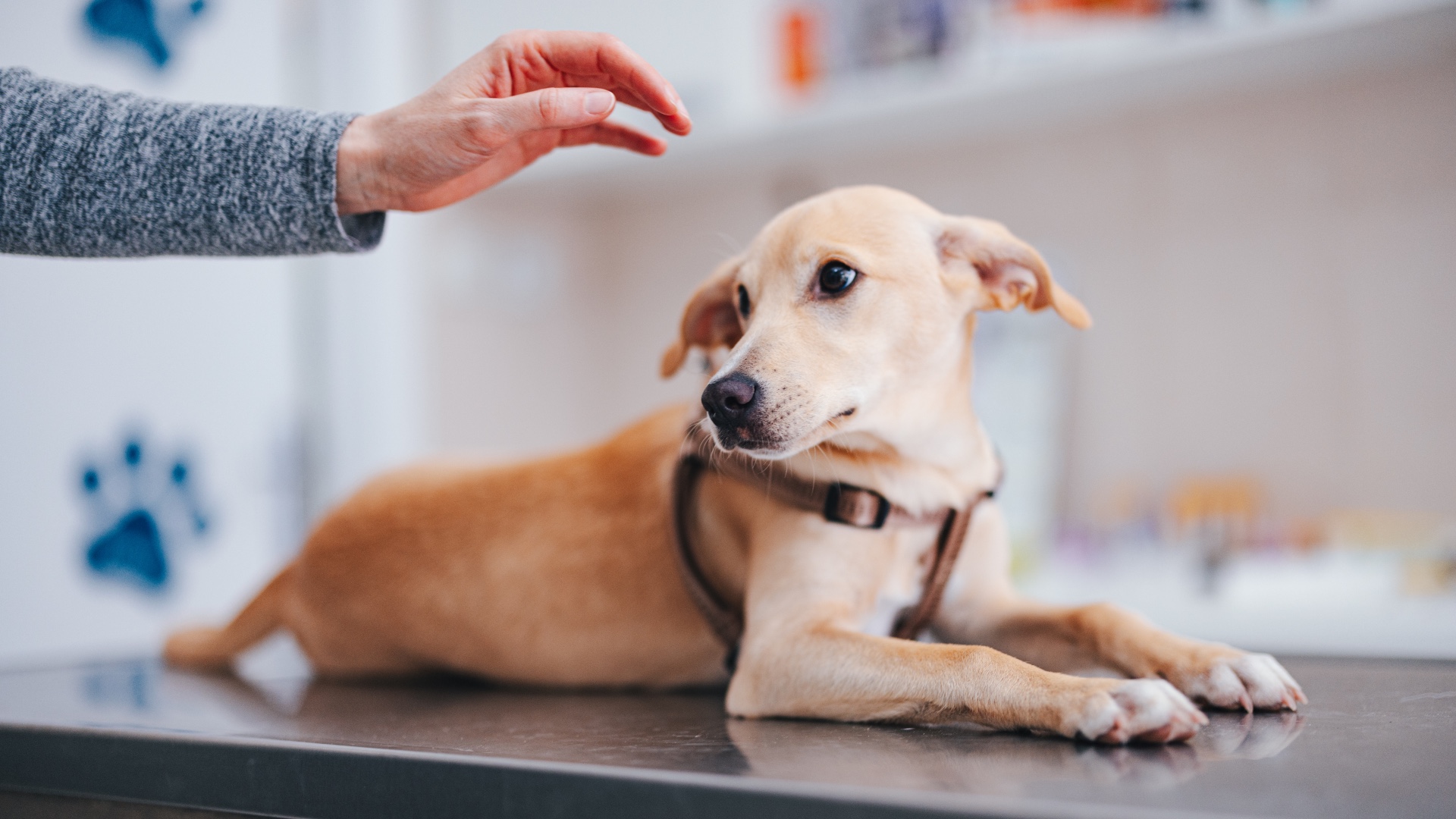Are you making your dog’s reactivity worse? Trainer shares four mistakes you want to avoid
Trainer reveals how to improve your dog’s reactivity — and it all comes down to avoiding these common mistakes

Disclaimer: Unless specifically stated, any expert comments quoted in this news piece have been taken directly from the video cited below.
There's no getting around it — reactivity is an incredibly challenging issue to deal with, especially if you're trying to help your dog overcome it on your own.
The causes for reactivity in dogs include things like anxiety, incorrect socialization, and a lack of education around dog walking etiquette.
Whatever the cause, figuring out how to calm a reactive dog and overcome this problem takes time, patience, and consistency.
The good news is that a huge part of the solution is avoiding contributing to the problem.
According to Carolyn, founder and head trainer at Good Dog Training, many pet parents inadvertently make a range of common mistakes that can make their dog's reactivity worse.
Read on to find out what they are...
PetsRadar Newsletter
Get the best advice, tips and top tech for your beloved Pets
A post shared by Good Dog Training (@gooddog.training)
A photo posted by on
1. Thinking they just need more exposure to their trigger: "If your stranger-aggressive dog just meets more new people, surely they'll realize new people are great, right? Wrong. Your dog will just get to rehearse aggressive behavior and experience further stress around new people," explains Carolyn.
2. Punishing them: While some pet parent resort to things like shock collars to try to put a stop to reactivity, Carolyn says this can make the situation a whole lot worse.
"Punishment will increase the stress level of your dog while simultaneously removing their warning signs. This actually makes the dog more dangerous and unpredictable."
3. Not advocating for them: "If you have a reactive or aggressive dog, please be their advocate," Carolyn implores. "Firmly uphold your dog's boundaries from other people or dogs.
"If you don't stick up for your dog, they WILL stick up for themselves, and you may not like how they do it. Teach them that they can relax because you'll handle it."
4. Assuming that if a dog isn't growling or barking, everything is fine: "A lot of body language happens before the growl/bark," Carolyn explains. "A stressed dog is more likely to behave aggressively, so learn to read body language so you can catch it before they have to vocalize."
While avoiding the above mistakes can be really helpful when it comes to managing your dog's reactivity, dealing with this issue on your own can be tough. We recommend reaching out to a qualified professional for some 1:1 support.

Kathryn is a freelance writer who has been a member of the PetsRadar family since it launched in 2020. Highly experienced in her field, she's driven by a desire to provide pet parents with accurate, timely, and informative content that enables them to provide their fur friends with everything they need to thrive. Kathryn works closely with vets and trainers to ensure all articles offer the most up-to-date information across a range of pet-related fields, from insights into health and behavior issues to tips on products and training. When she’s not busy crafting the perfect sentence for her features, buying guides and news pieces, she can be found hanging out with her family (which includes one super sassy cat), drinking copious amounts of Jasmine tea and reading all the books.
